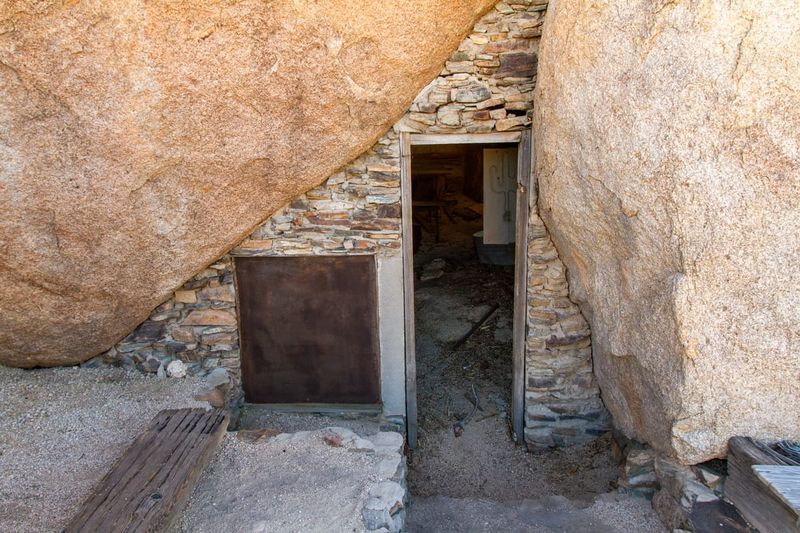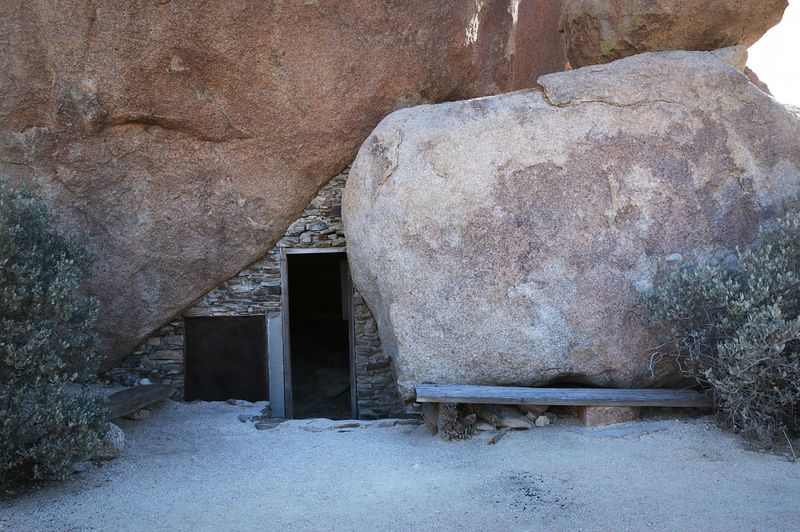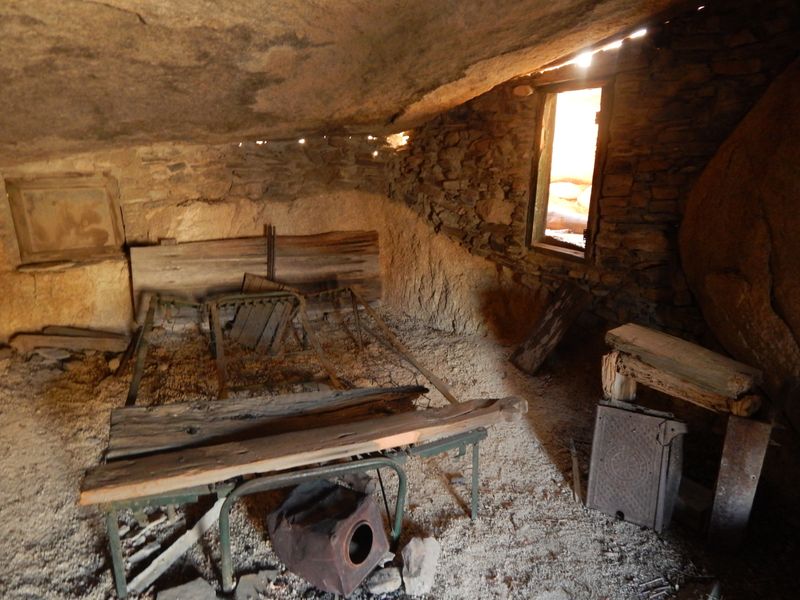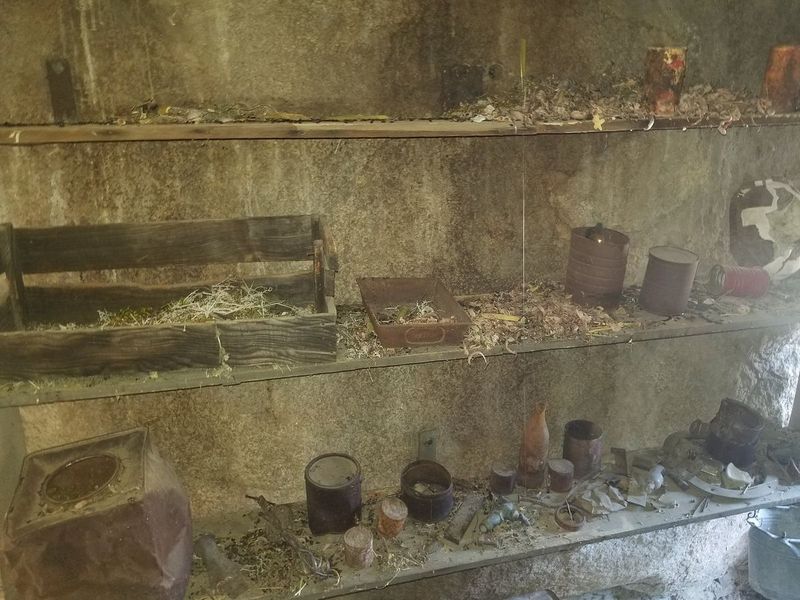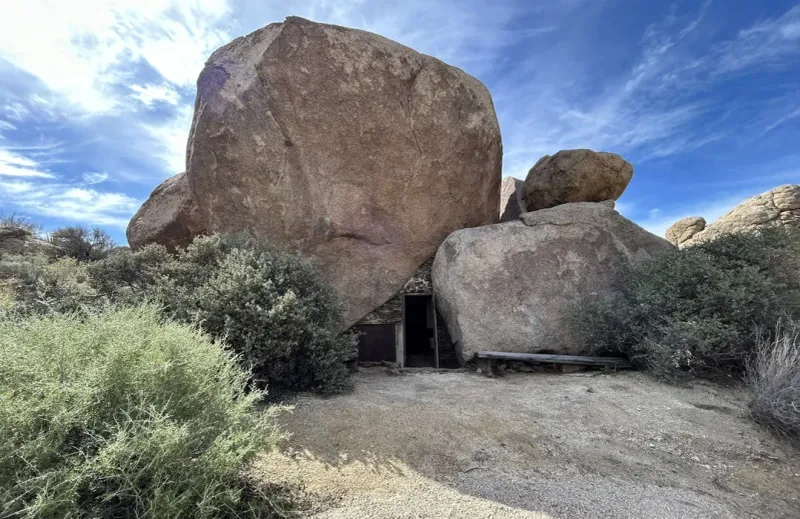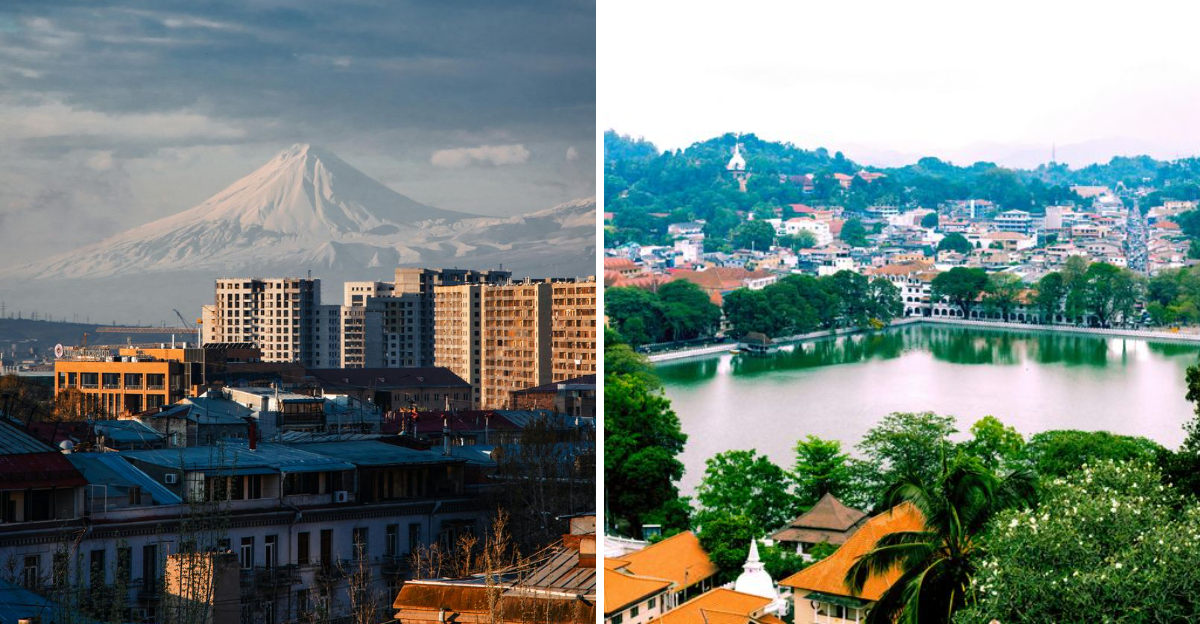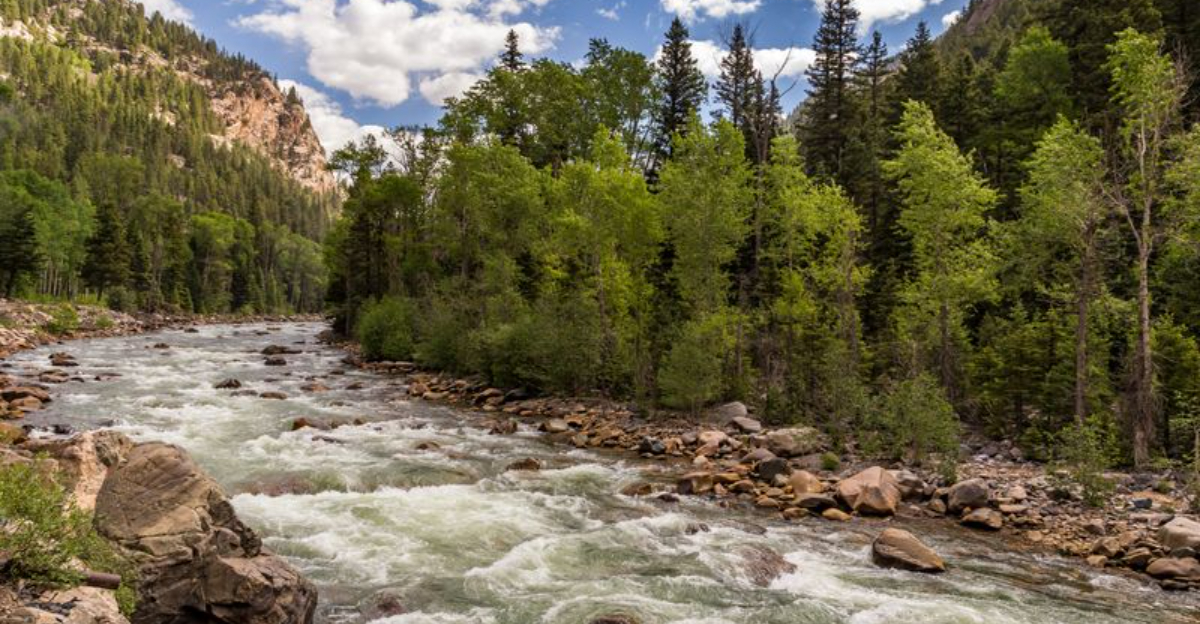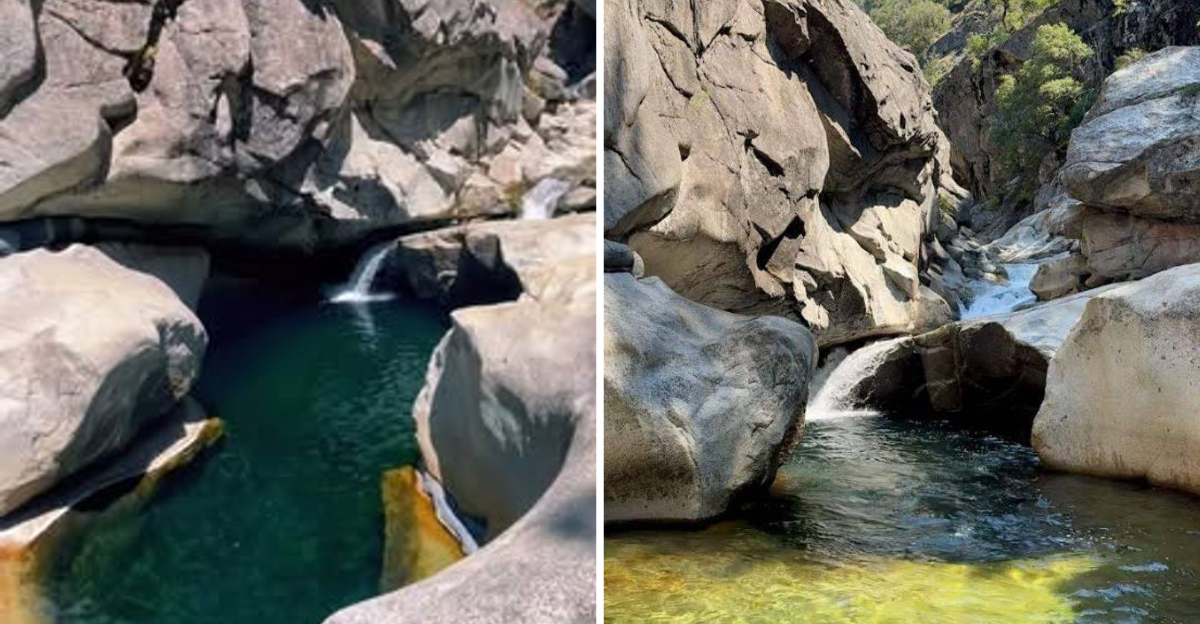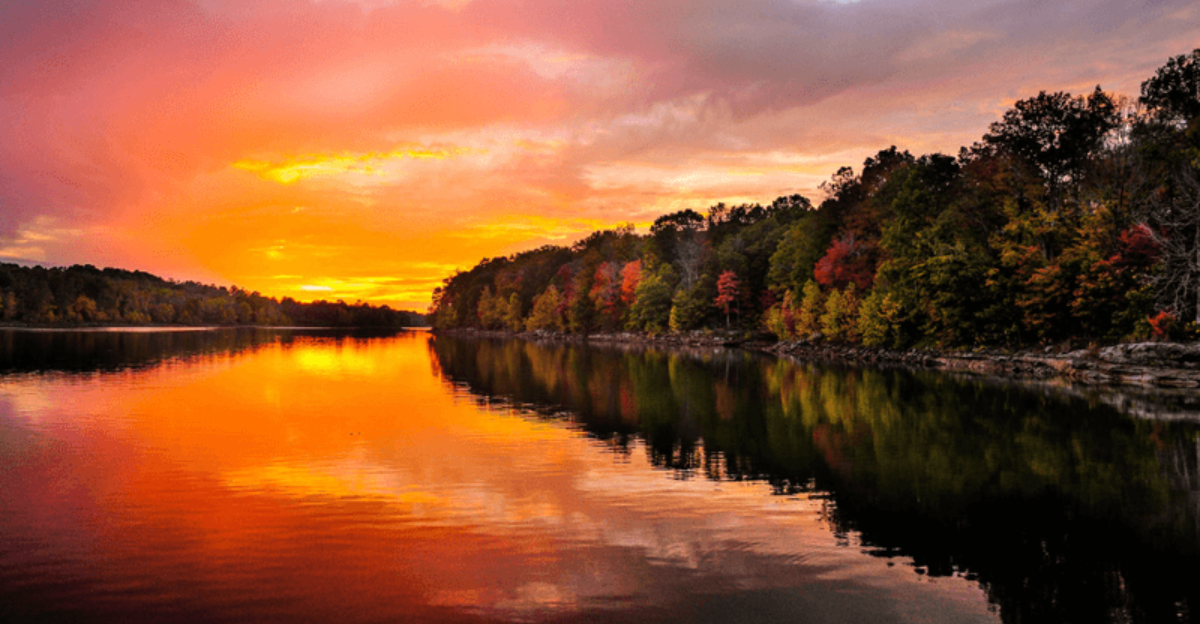Carey’s Castle In Joshua Tree Tells The Tale Of A Desert Miner’s Shelter
Hidden among the rugged boulders of Joshua Tree National Park lies a mysterious treasure called Carey’s Castle.
Carey’s Castle represents a fascinating piece of American mining history that draws adventurous hikers and history buffs from around the world.
The Secret Stone Hideaway
Tucked away in a remote canyon within Joshua Tree’s eastern wilderness, Carey’s Castle wasn’t actually a castle at all.
It was a humble one-room shelter constructed from local stones by J.A. Carey, a determined prospector who arrived in the early 1900s.
Carey built his ‘castle’ near his mining claims, ingeniously incorporating natural rock formations into the structure.
The Mysterious Origins
Nobody knows for certain who “Carey” actually was.
Some park historians believe the shelter was built by a miner named J.V. Carey around 1925, while others suggest it might have been constructed by someone else entirely and simply named later.
The structure appears on mining claim maps from the 1930s, but definitive records remain elusive.
Local legends tell of a reclusive prospector who built the shelter stone by stone, living there for decades while searching for gold.
This historical uncertainty adds to the shelter’s mystique, making it feel like a genuine desert treasure waiting to be fully understood.
Remarkable Desert Architecture
Built directly into the natural rock formations, Carey’s Castle represents ingenious desert adaptation.
The builder used locally available materials – primarily stone and minimal wood – creating a structure that stays naturally cool during scorching summer days and provides protection from harsh winter winds.
The main room features stone walls nearly two feet thick in some places.
Small windows strategically placed to catch prevailing breezes demonstrate remarkable environmental awareness long before modern sustainable building practices.
What makes this shelter truly special is how it blends almost seamlessly with the surrounding landscape, appearing as if it grew organically from the Joshua Tree terrain itself.
Mining Equipment Remnants
Scattered around Carey’s Castle are fascinating artifacts from its mining past.
Rusty ore carts, partially buried processing equipment, and the remains of primitive tools offer tangible connections to the hard labor performed here nearly a century ago.
A small arrastra – a primitive ore-crushing device – sits nearby, where gold-bearing quartz would have been pulverized using heavy stones dragged in circles.
Park regulations strictly protect these historical items; removing them damages irreplaceable cultural heritage.
These relics tell a compelling story about the technological limitations early miners faced while pursuing their dreams of striking it rich in this unforgiving environment.
The Challenging Hiking Trail
Reaching Carey’s Castle requires determination worthy of the miners who once lived there.
The moderately difficult 1.5-mile trail follows sandy washes and crosses rocky terrain with minimal shade, demanding proper preparation with plenty of water, sun protection, and sturdy footwear.
Park rangers recommend visiting during cooler months (October through April) when temperatures are manageable.
The trail remains unmarked in many sections, requiring hikers to follow detailed park service directions or join ranger-guided tours offered seasonally.
The journey’s reward? Standing where determined prospectors once lived and worked, experiencing a powerful connection to California’s rugged mining heritage amid breathtaking desert vistas.

